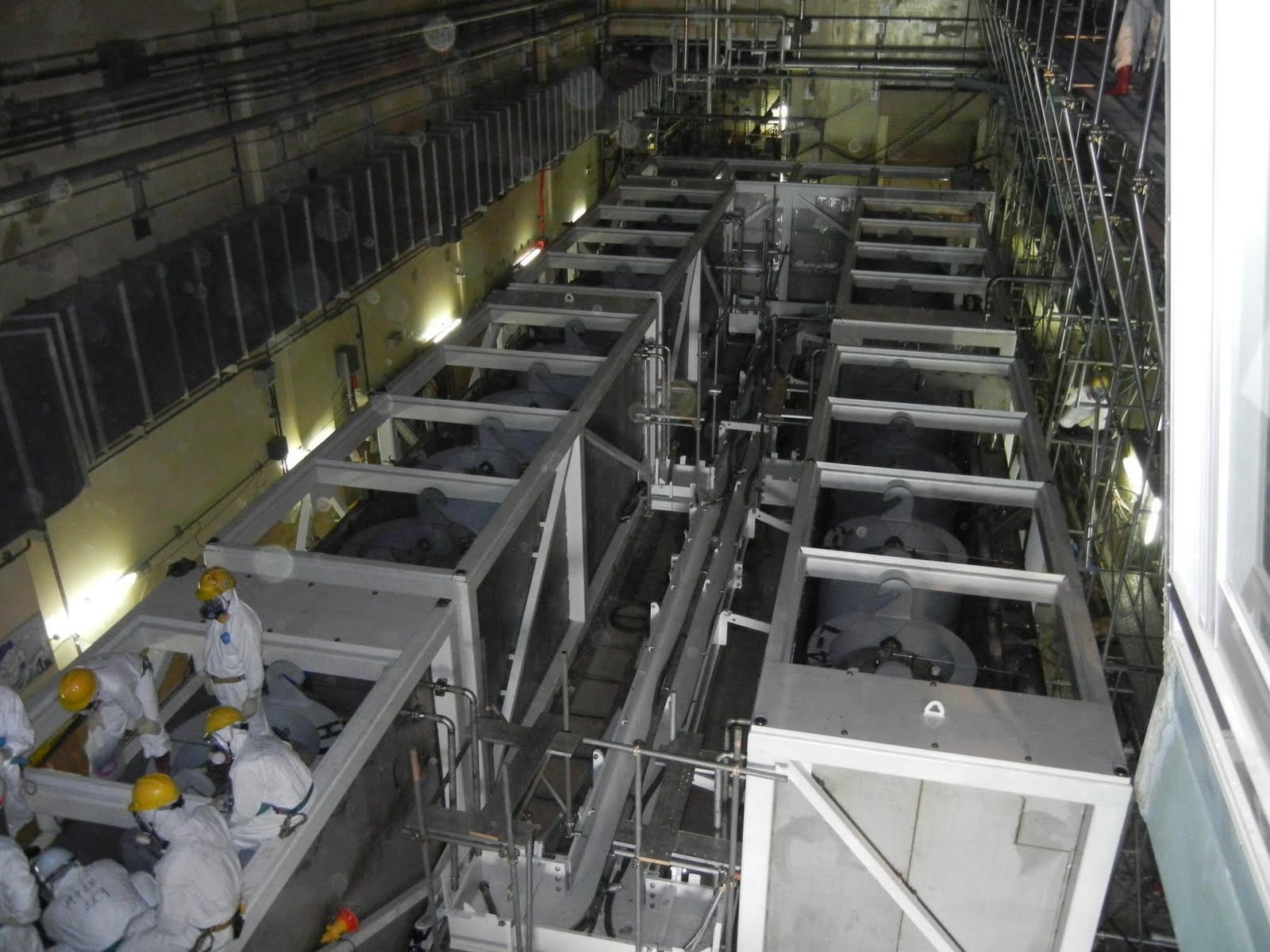IISc scientists develop first super critical carbon dioxide (S-CO2) Brayton Test Loop facility
Scientists from Indian Institute of Science (IISc), Bengaluru have indigenously developed country’s first super critical carbon dioxide (S-CO2) Brayton Test Loop facility. The facility was inaugurated at the IISc campus. It is first test loop technology coupled with solar heat source in world that will generate clean energy from power plants, including solar thermal.
Key Facts
The facility is part of Indo-US consortium- Solar Energy Research Institute for India and United States (SERIIUS). It was developed by research group at inter-disciplinary centre for energy research of IISc as part of consortium. Funding was provided by Department of Science and Technology (DS&T) under Indo-US Joint Clean Energy Research and Development Centre programme.
This facility uses supercritical CO2 (SCO2) instead of steam to generate more power. Supercritical refers to state of CO2 above its critical temperature of 31 C and critical pressure of 73 atmospheres, which makes it twice as dense as steam. S-CO2 operated in closed loop Brayton cycle increases efficiency of energy conversion by as much as 50% or more.
Significance
This next generation, efficient, compact, waterless super critical CO2 Brayton cycle test loop for power generation will be useful for meeting energy needs of the country. It has potential to replace steam based nuclear and thermal power plants, thus reducing the carbon foot print significantly. Besides, increasing power generation and making process more efficient, the new technology will make power plants cheaper with lower operating costs.
It will be indigenous initiative for setting up next generation of solar thermal power plants. This gives India opportunity to become world leader in this technology, and fulfil major objective of National Solar Mission which emphasizes indigenous manufacturing.
Month: Current Affairs - February, 2018


